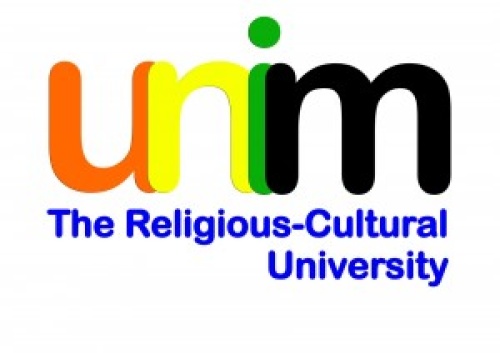DESAIN PRODUK DIGESTER BIOGAS DI DESA PUNGGUL KECAMATAN DLANGGU KABUPATEN MOJOKERTO
Kata Kunci:
Biogas, Desa Punggul, Kotoran Sapi, QFDAbstrak
Biogas adalah sumber energi terbarukan yang dapat dihasilkan melalui proses fermentasi anaerobik dari bahan organik, seperti kotoran sapi. Penelitian ini bertujuan: untuk menggambarkan proses pembuatan biogas dari kotoran sapi sebagai upaya untuk memanfaatkan limbah organik menjadi sumber energi alternatif yang ramah lingkungan. Metode: yang digunakan dalam penelitian ini adalah Quality Function Deployment (QFD) mencakup pengumpulan kotoran sapi, persiapan substrat, dan pembuatan digester biogas. Urgensi: Penggunaan biogas dari kotoran sapi memiliki urgensi yang signifikan karena memiliki berbagai manfaat penting yang mencakup aspek lingkungan, ekonomi, dan sosial. Target: utama adalah menghasilkan biogas sebagai sumber energi terbarukan dari limbah kotoran sapi. Kotoran sapi dikumpulkan dari peternakan dengan berbagai tahapan persiapan, seperti pengeringan dan pemisahan padat-cair. Kebaruan: dari prgram kerja ini adalah pemakaian yang lebih efisien dari pada biogas yang lainya.Selanjutnya, kotoran sapi yang telah diolah tersebut digunakan sebagai bahan baku dalam proses fermentasi anaerobik di dalam digester biogas. Selama proses fermentasi, mikroorganisme anaerobik secara alami mengurai bahan organik dalam kotoran sapi, hasil: biogas yang terdiri dari metana (CH4) dan karbon dioksida (CO2).kesimpulan: Biogas yang dihasilkan dapat digunakan sebagai sumber energi untuk memasak, penerangan, atau bahkan menghasilkan listrik jika digunakan dalam memasak.
Referensi
Adekunle, A. S., Ibitoye, S. E., Omoniyi, P. O., Jilantikiri, L. J., Sam-Obu, C. V., Yahaya, T., Mohammad, B. G., & Olusegun, H. D. (2019). Production and Testing of Biogas Using Cow Dung, Jatropha and Iron Filins. Journal of Bioresources and Bioproducts, 4(3), 143–148. https://doi.org/10.12162/jbb.v4i3.002
Fajri, N. M., Rosyida, E. E., & Efendi, I. B. (2022). Upaya Peningkatan Produktivitas Penerapan Green Industry Dengan Perubahan Metode Pengolahan Limbah Untuk Menjamin Sustainability Production Pt.Abc. Seminar Nasional Fakultas Teknik, 1(1), 208–219. https://doi.org/10.36815/semastek.v1i1.37
Huda, S., & Wikanta, W. (2016). Pemanfaatan Limbah Kotoran Sapi Menjadi Pupuk Organik Sebagai Upaya Mendukung Usaha Peternakan Sapi Potong di Kelompok Tani Ternak Mandiri Jaya Desa Moropelang Kecamatan Babat Kabupaten Lamongan. Aksiologiya: Jurnal Pengabdian Kepada Masyarakat, 1(1), 26. https://doi.org/10.30651/aks.v1i1.303
Jafri, M. (2017). Analisis Pengaruh Perlakuan Kotoran Ayam Terhadap Produksi Bio-Gas. PROSIDING SEMINAR NASIONAL TEKNIK 2017 Peranan Rekayasa Teknik Dalam Pembangunan Berkelanjutan.
Komarudin, F. (2020). Analisis Produksi Batako Dari Bahan Baku Plastik Untuk Meminimalkan Pencemaran Lingkungan. 0722067704(2020), 1–2. http://repository.unim.ac.id/id/eprint/2784%0Ahttp://repository.unim.ac.id/2784/6/BAB IV.pdf
Pambudi, A. O. P. (2020). Life Cycle Sustainability Minyak Jelantah Menggunakan Pendekatanbusiness Process Reengineering (BPR) dan Quality Function Deployment (QFD). Jurnal Universitas Islam Majapahit.












